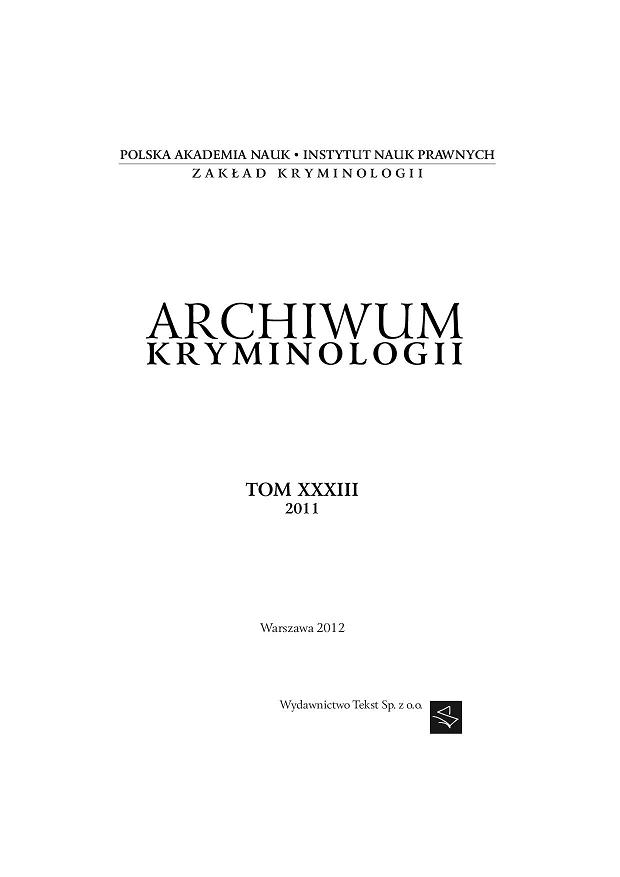Zielona kryminologia
Green cryminology
Author(s): Magdalena GrzybSubject(s): Law, Constitution, Jurisprudence
Published by: Instytut Nauk Prawnych PAN
Keywords: GREEN CRYMINOLOGY;
Summary/Abstract: The article outlines the issue of green criminology – a new branch of critical criminology. Green criminology is one of variations of critical criminology based on neo-Marxist notions of class conflict between the oppressed and the oppressing classes. Green criminology aims not so much to analyse and explain the types of crimes or the social consequences of neoliberal market economy for the society but rather ecological consequences for the whole planet and the participation of the dominating classes in the production of ecological damage. By focusing on criminal actions of the states and corporations and dialectical understanding of social processes, in my opinion green criminology draws more on leftist idealists than realists focused on more traditional objects of criminological studies. The article presents the origin of green criminology, including separate definition of crime (understood broader than the legal one) as well as three main approaches which present different relation between the human being and the environment and define ecological dam-age in different way: anthropocentric, biocentric and ecocentric. The author subsequently lists the tasks of green criminology which are: to examine the ecological damage, to investigate the functioning of legislative mechanisms and the institution of informal social control of ecological damages, and to see into the relationships between the changes in particular environments and criminalization processes. Other authors quoted by the author present different task lists, that is: to document existing crimes against environment and to create it typology and differentiation criteria such as primary and secondary, to outline ways of development of ecological legislation and evaluate generated political problems, to combine issues of social inequalities and crimes against environment, to assess the role of green movements (and “empire counterstrikes” which accompany them) in the process of changing the perception of ecological problems. Subsequently, types of crimes against environment are enumerated. One typology divides them into primary (basic) and secondary (symbiotic). These include deforestation, air pollution, species extinction and animal cruelty, water pollution, and institutionalized violence against opposition groups and organized crime dealing with toxic waste trade. The other ty-pology divides crimes according to their public perception and the type of damage they cause. Later the author draws readers’ attention to the international character of eco-crime and the difficulties in potential criminalization of actions against environment. The article concludes with problems which are currently the sources of ecological conflicts and which are related to ecological racism. At present conflicts and social protests are concentrated over four areas: renewable resources, effects of global warming, uneven natural resources use, and transfer of ecological damages.
Journal: Archiwum Kryminologii
- Issue Year: 2011
- Issue No: XXXIII
- Page Range: 7-26
- Page Count: 20
- Language: Polish

